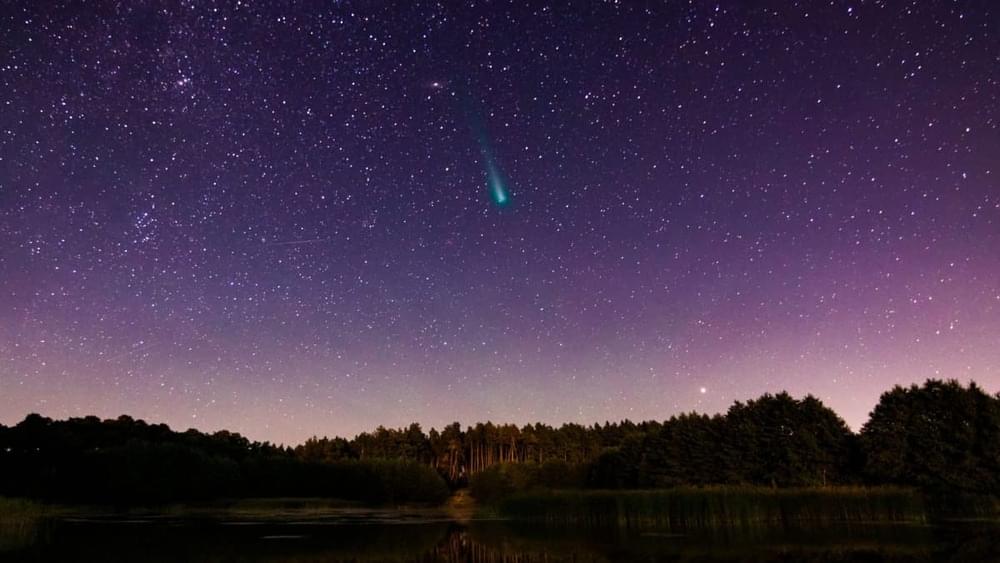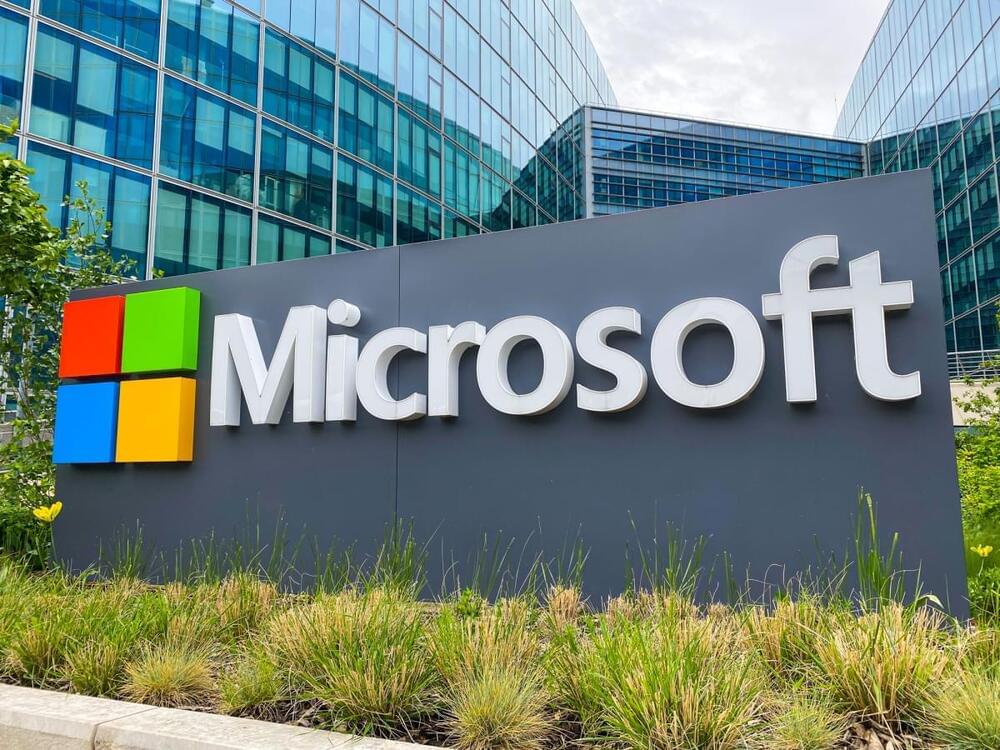Support us! https://www.patreon.com/mlst.
MLST Discord: https://discord.gg/aNPkGUQtc5
Pod (music removed) https://anchor.fm/machinelearningstreettalk/episodes/NO-MUSI…on-e1udbq2
Pod (with music) https://anchor.fm/machinelearningstreettalk/episodes/NO-MUSI…on-e1udbq2
10 minute edit version: https://www.linkedin.com/feed/update/urn: li: activity:7027230550163644416/
We are living in an age of rapid technological advancement, and with this growth comes a digital divide. Professor Luciano Floridi of the Oxford Internet Institute / Oxford University believes that this divide not only affects our understanding of the implications of this new age, but also the organization of a fair society.
The Information Revolution has been transforming the global economy, with the majority of global GDP now relying on intangible goods, such as information-related services. This in turn has led to the generation of immense amounts of data, more than humanity has ever seen in its history. With 95% of this data being generated by the current generation, Professor Floridi believes that we are becoming overwhelmed by this data, and that our agency as humans is being eroded as a result.
According to Professor Floridi, the digital divide has caused a lack of balance between technological growth and our understanding of this growth. He believes that the infosphere is becoming polluted and the manifold of the infosphere is increasingly determined by technology and AI. Identifying, anticipating and resolving these problems has become essential, and Professor Floridi has dedicated his research to the Philosophy of Information, Philosophy of Technology and Digital Ethics.
We must equip ourselves with a viable philosophy of information to help us better understand and address the risks of this new information age. Professor Floridi is leading the charge, and his research on Digital Ethics, the Philosophy of Information and the Philosophy of Technology is helping us to better anticipate, identify and resolve problems caused by the digital divide.
TOC:






